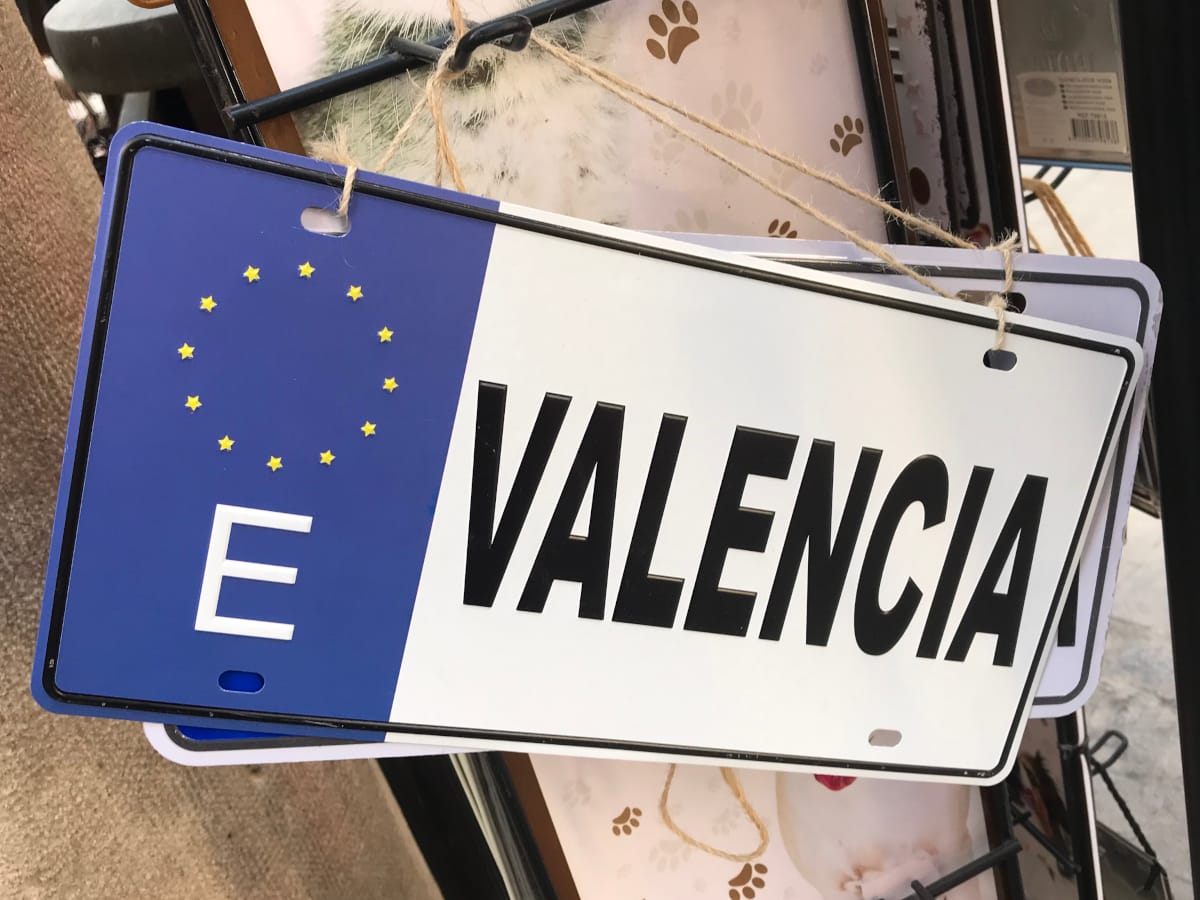Looking at our life here in the rearview mirror, there are things that I regret losing after moving to Spain. Not missing my life in in the U.S., but access to some accounts because I didn’t plan ahead to keep our local phone numbers. That number is often needed to log in to your online accounts.
When relocating abroad there are things that happen you didn’t anticipate. According to a poll, Americans, on average, have 27 different online accounts requiring passwords. And that was back in 2019. I thought I would be covered since I was using a Virtual Private Network (VPN) for accessing my main accounts. I hadn’t realized how many logins I had set up with 2-Factor Authentication (2FA). And that meant a text to my cellphone and its now defunct number.
I know, right, that’s a big deal? It is if that’s how you authenticate access to your financial institutions and other secured logins using your mobile phone. I’ve since learned there are ways to port your existing phone number but I didn’t think of that when we moved.
What works for me, doesn’t work for everyone

Giving up my ten digits wasn’t an issue for me because I was able to continue using the apps, but for my wife the loss of her cellphone number was a major deal to her. It was the way her contacts could find her. Some had her email, others didn’t and so for the latter it appeared she just dropped off the face of the earth leaving some to wonder “What happened?”
Fortunately, I did have a Google virtual phone number, which I was able to swap in for my now former cell service. But even that is a hit-or-miss proposition with some financial institutions refusing to accept virtual numbers. There are other ways around this, but it involves calling the service directly, answering some security questions, and then resetting the method to authenticate. In that case, I used Skype to call the business’s toll-free number to save costs on dialing in from overseas. I’m sure there are other options, so explore which one works best for you.
Keeping it authentic
Finally, use an authenticator app such as Google Authenticator or Microsoft Authenticator. There are others, so click to see the list here for some ideas to fit your particular need. The idea behind these applications is that you receive a constantly changing code you input into the site’s secured login page.
Looking back, I now realize I didn’t have a clear idea of how many different times I used my phone to log in to websites. I try to be good about protecting my online security, but it did come back to bite me in a few instances. While losing access to my original PayPal account was frustrating I was able to recreate a new one for those infrequent times I use it. Ironically, if it’s a U.S. PayPal account, you’ll need a new, country-specific account when you move overseas and want to use it there.

Technology in our daily life, if done well, is seamless and works in the background. But it’s that same below-the-surface functionality that sometimes gets forgotten. And when that feature is disrupted, you’ll see how much you have come to rely on a string of numbers.
DISCLAIMER: I don’t receive any form of compensation from any links mentioned above. They are meant as helpful suggestions for further research into any additional questions beyond the scope of this musing.
John



Leave a Reply